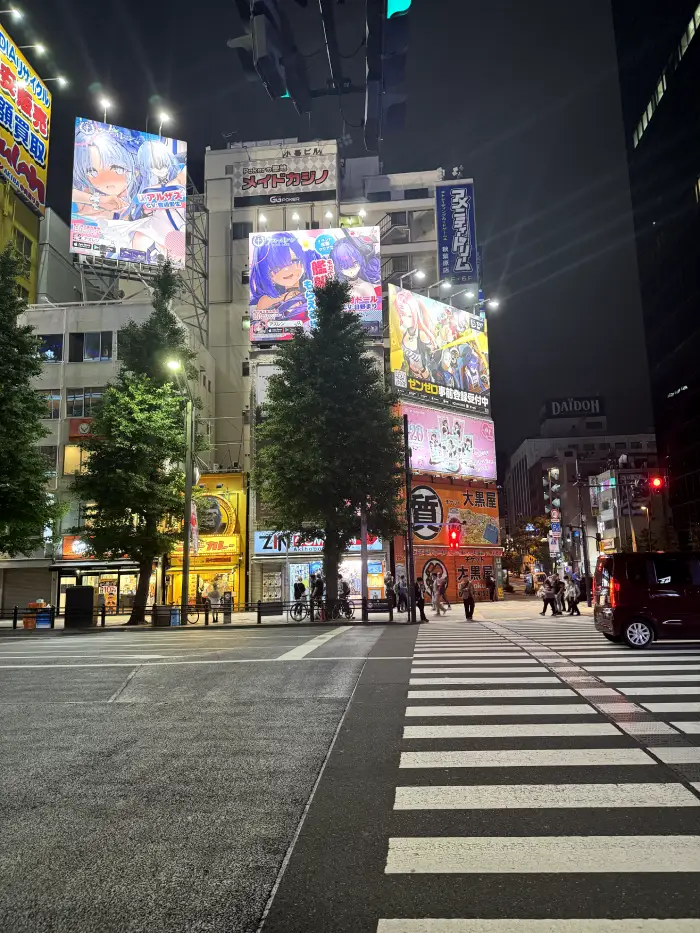As you plan your solo travel to Japan, you must have come across the Japanese IC Cards. And, if I am not wrong – all the choices must have made you raise an eyebrow. Which one is the best? Is it Suica, Pasmo, ICOCA or any other? Well, if you’re landing in the capital of Japan – Suica and Pasmo are an ideal choice. In case, you are starting from the Kansai region, like Kyoto or Osaka – opt for an ICOCA card.
That said, once you know everything about the IC Cards in Japan, you will be able to determine which card is a fit for your solo travel.
Therefore, in this blog – I have simplified all the aspects of the Japan IC Card and discussed what wonders this little card in your pocket can do to make your Japan trip a hassle-free experience.
What is an IC Card in Japan?

IC Card – Integrate Circuit Card is a prepaid all-in-one card available in Japan to make travelling around the country a breeze for locals and tourists.
Specifically, if you love roaming around cashless – IC Cards will be your best friend. It covers almost all modes of transportation, like trains and buses. Just recharge it with money and scan it on the reader before boarding a train or a bus.
Benefits and Limitations of Possessing an IC Card in Japan
While travelling solo, I believe in making an informed decision, and IC Cards are no exceptions! So, before you decide to get an IC Card for your solo travel to Japan, let’s weigh the benefits and limitations of the card!
Benefits of IC Card in Japan:
Cashless Transactions: With an IC card in hand, you are a tap away from doing almost all the transactions. So, no more juggling with the yens!
Efficiency: Time is money, money is time – we all are of this saying, isn’t it? The IC Card in Japan stays true. Without breaking a sweat in the queues, you can commute easily.
Multi-purpose utility: An IC Card is not just a mere Japanese transportation card. You can even use it in convenience stores.
Limitations of IC Card in Japan:
Initial Cost: To create an IC Card, initially you have to charge it with money. Generally, you have to deposit around 500 to 1000 yen and add a certain amount of a minimum of 2000 yen for travelling purposes.
One-person use: One IC Card is limited to one person only! So, if you are not travelling solo, you will need to issue several IC Cards.
What are the Most Popular IC Cards in Japan?
Over time, Japan has encountered several IC Cards in the market based on different regions. But the best part – IC Cards are not limited to a particular region. You can use the majority of the IC Cards all over Japan. So, allow me to introduce you to the top IC Cards of the country:
Suica Card
Issued for the Greater Tokyo, Sendai, and Niigata area by JR East, the Suica Card is Japan’s most popular prepaid card. Although the sale of the Suica IC Card is suspended, the Welcome Suica Card is available solely for foreign tourists. Plus, Suica is the only IC Card in Japan that works swiftly with Visa credit cards.
Pasmo Card
Initially, as an exclusive IC Card for subway lines and buses, the Pasmo Card slowly grew into one of the prominent IC Cards in Japan. However, like Suica, the sale of Pasmo is also temporarily at a halt. But do not worry, PASMO PASSPORT is currently working for foreign tourists like us.
ICOCA Card
From the Kansai region to Hiroshima, the ICOCA Card covers a broad area of Japan. By the way, do you love penguins? If yes, you will love the ICOCA card with the quirky penguin mascot design!
Sugoca Card
If you are planning to explore the Greater Fukuoka, Kagoshima, Nagasaki and Oita, Sugoca Card makes it easy for you to navigate through the southern island of Kyushu.
Toica Card
The Toica Card is for the Kanto region – the Greater Nagoya and parts of Shizuoka Prefecture by JR Central. It is also available at Tokyo Station and is a good replacement for Suica and Pasmo.
Kitaca Card
If Sapporo and Hokkaido are on your list, Kitaca Card is a great option! The card has been in since 2008 and means “the card of the north.”
Physical IC Cards in Japan Vs. Digital IC Cards in Japan
On the one hand, you can physically purchase an IC Card from either a train station or a subway station. The physical Suica and Pasmo card can be picked up from Narita or Haneda airport.
On the other hand, if you prefer a digital system, you can choose the digital version of the IC Card. Specifically, the Suica, Pasmo, and ICOCA. If you have an iPhone, it will automatically sync with your Apple Wallet.
How to Choose the Best IC Card in Japan
From a tourist perspective – Welcome Suica, PASMO PASSPORT, and ICOCA are the three best IC Cards in Japan at the moment. But which one lets you get the most out of the IC Card? To help you finalise one, I have prepared a comparison table below:
PASMO PASSPORT | WELCOME SUICA | ICOCA | |
Seller | PASMO Co. | JR East | JR West |
Recharge Options | Online/Stations | Online/Stations | Online/Stations |
Initial Cost | No | No | ¥500+¥1500 (min balance) |
Refund Policy | Non-refundable | Non-refundable | ¥220 |
Shinkansen | No | No | No |
Coverage Area | Greater Tokyo and Beyond | Greater Tokyo and Beyond | Kansai Region and Beyond |
Tips to Use IC Cards in Japan
- Set your IC Card as an express transit card in your iOS wallet setting to bypass the authentication need.
- You do not have to open the app for every transaction, just tap your phone to the reader.
- If you plan to use Chiba Urban Monorail, keep in mind that ICOCA doesn’t work on it.
- Be aware to finish your trip once it starts; otherwise, it can get a little wobbly.
- Keep a check on the remaining balance and recharge timely.
- If you have no plans to visit Japan frequently in the next ten years, return your IC Card to the issuing company at the end of your trip to get your deposit money back.
Do You Need an IC Card in Japan?
YES, if you don’t want to handle the yen and go cashless. I feel an IC Card is extremely handy. In fact, it is one of the most important travel essentials in Japan. So, without a second thought of “Should I get an IC Card in Japan?” – get yourself the most convenient one for your solo trip to the Land of the Rising Sun.








Leave a Reply